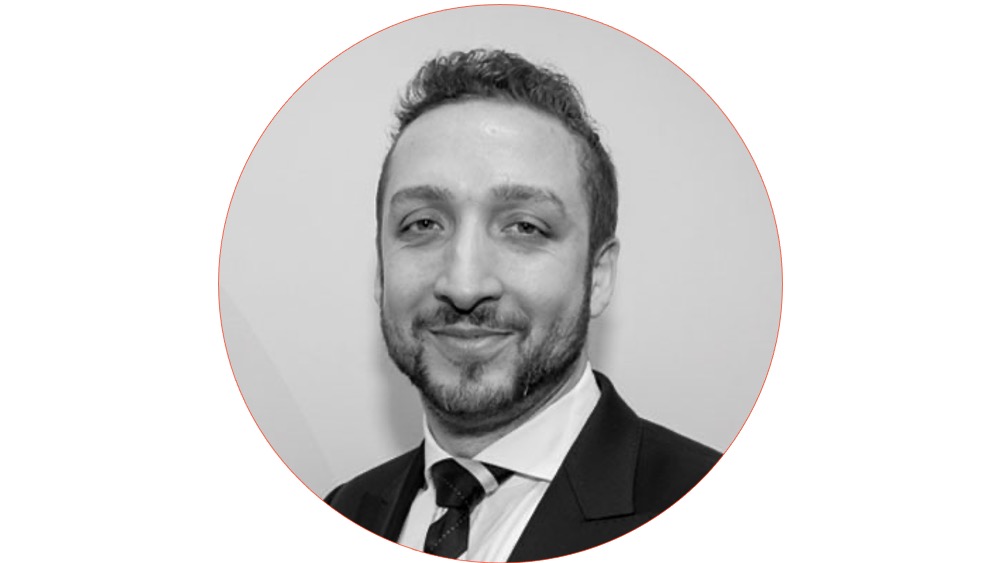The sporting foot & ankle
The aim of the course is to have an overview of the anatomy, biomechanics and function of the foot and ankle complex, to understand the main pathologies that present in this region.
Description
Taal scholing: - Geaccrediteerd voor het beroepsgerelateerde deel, het algemeen & sport register - Keurmerk: 17 punten - KRF: 15 punten - ProQKine: 24NE
Wij doen ons uiterste best om onze scholingen in deze tijd door te laten gaan volgens nationale en internationale richtlijnen rondom COVID-19. Mocht er iets veranderen voor deze scholing, dan brengen we je zo snel mogelijk op de hoogte.
The foot and ankle complex is a key region of the body, with multiple pathologies co-existing and large forces being generated and absorbed through this region during almost all sports, coupled with its ability to influence back pain and overall function. Many local structures can generate pain in this region, and to further complicate matters, there are a number of structures that can refer pain into the area. This course was first establish in the UK in 2010, and has so far been taught in number of countries. The course covers a collection of published research articles and ideas, brought together by the teachings of many leading clinicians we have come into contact with over the years. James Moore has drawn from his experiences working with elite athletes through The English Institute of Sport, UK Athletics, England Rugby, Saracens Rugby, British Triathlon and the Intensive Rehabilitation Unit for Team GB, The Olympics and National teams, post graduate studies and numerous clinical courses. Him aim is to piece together a framework for assessing and treating what is a challenging yet rewarding area - The Sporting Foot & Ankle.
About the course
The aim of the course is to have an overview of the anatomy, biomechanics and function of the foot and ankle complex, to understand the main pathologies that present in this region. The most important area will be to explore the podiatry historical philosophy that structure governs function, and to challenge this philosophy with the notion that maybe function governs structure. To conclude James will explore optimal techniques through manual and soft tissue therapy, tracing techniques and ultimately how to improve function through exercise.
Course objectives
Day 1
- A clear understanding of the different pathologies that can present in the Ankle-foot complex;
- A clear process to differentially diagnose;
- A clear process to assess and analyse gait;
- A clear understanding of the structural contribution to pain, pathology and movement.
Day 2
- A clear understanding of the role of the shank and ankle-foot complex in running and sporting movements;
- A clear understanding of the role of muscle function in movement and its contribution to pathology and rehabilitation;
- A clear process in clinical reasoning for interventions in gait, and pathology, between strapping, manual therapy and exercise.
Spreker
Timetable
Day 1
08.30 – 09.00 Registration
09.00 – 09.15 Introduction & Gait Obs
09.15 – 10.00 Lecture – Anatomy
10.00 – 10.45 Practical – Palpation & Orientation
10.45 – 11.00 Morning break
11.00 – 12.00 Lecture – Key Pathologies
12.00 – 12.30 Practical – Achilles Assessment
12.30 – 13.30 Lunch
13.30 – 14.30 Practical – Pathology Assessment
14.30 – 15.30 Lecture – Structure Governs Function
15.30 – 15.45 Afternoon Break
15.45 – 17.00 Practical – Structural Assessment
Day 2
09.00 – 09.45 Lecture – Gait & Running
09.45 – 10.45 Practical – Manual Therapy & Articular Strapping
10.45 – 11.00 Morning Break
11.00 – 12.00 Lecture – Function Governs Structure
12.00 – 13.00 Practical – Muscle Functional Assessment & Strapping
13.00 – 14.00 Lunch
14.00 – 14.30 Practical – Intervening in Gait – a problem solving approach
14.30 – 14.45 Lecture – Key Rehabilitation Principles
14.45 – 15.30 Practical – Exercise Therapy & loading strategies
15.30 – 15.45 Afternoon Break
15.45 – 17.00 Practical – Proprioception; dynamic mobility & RTR
